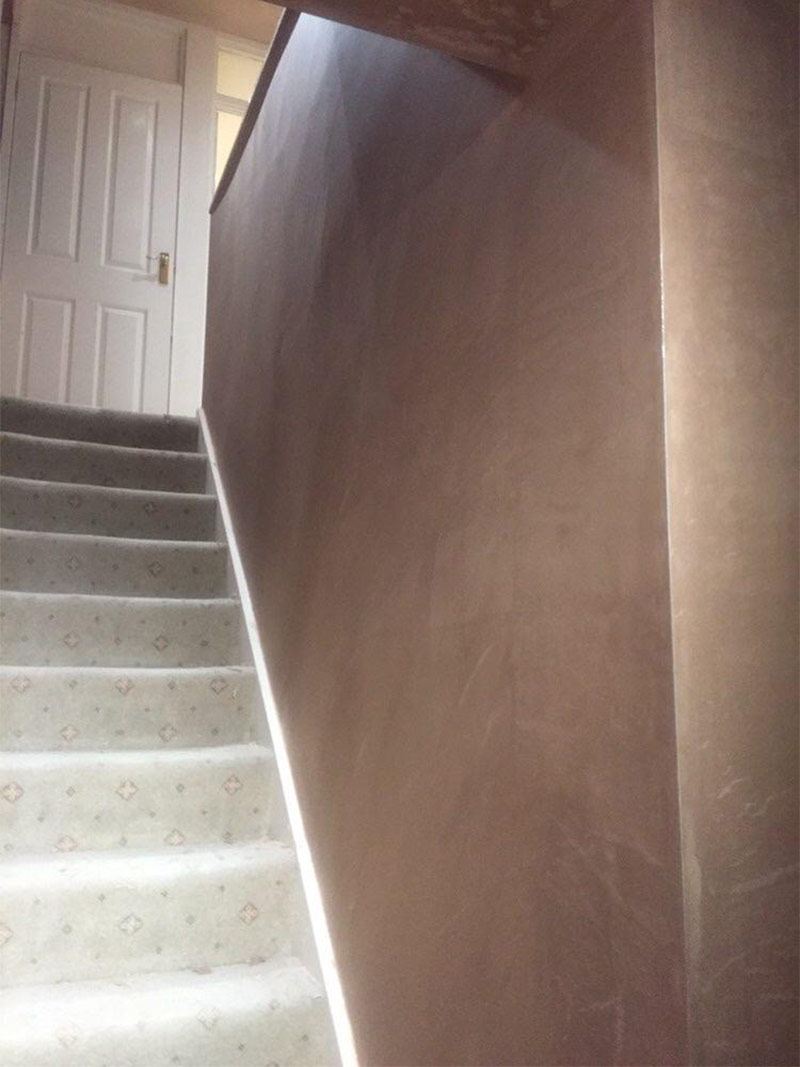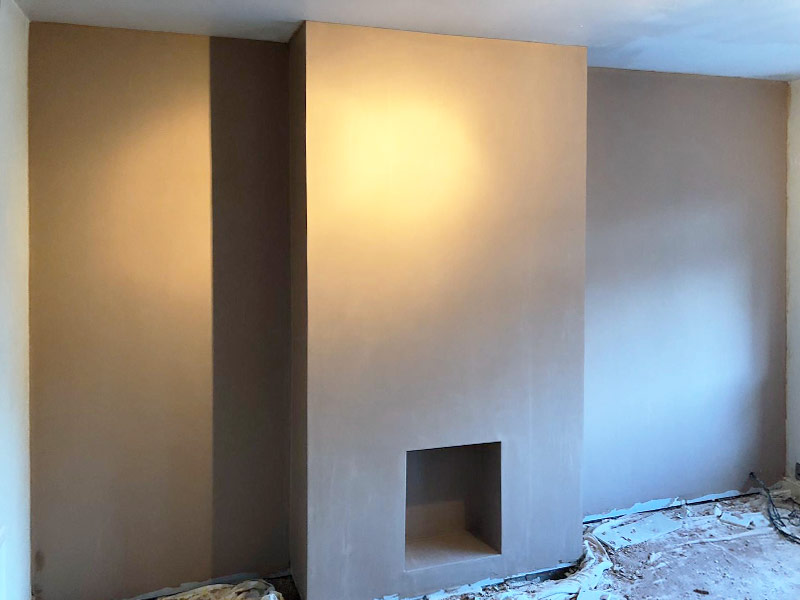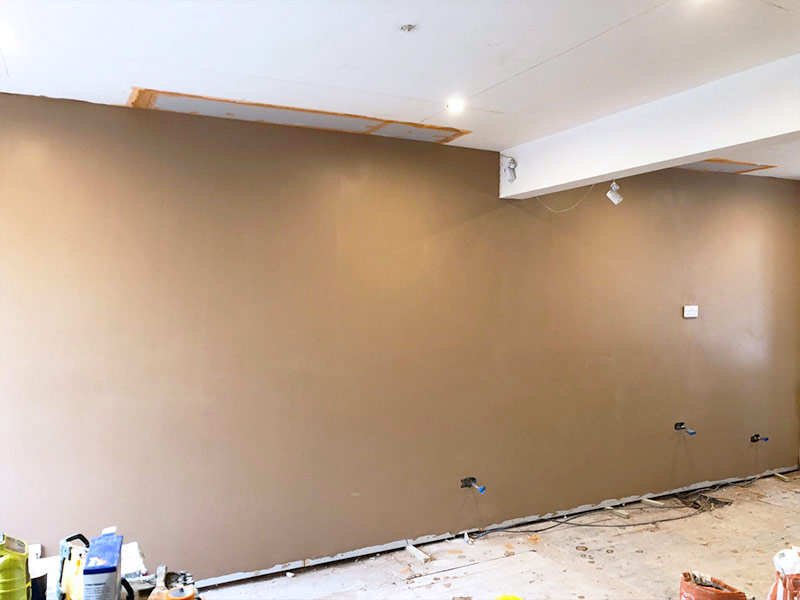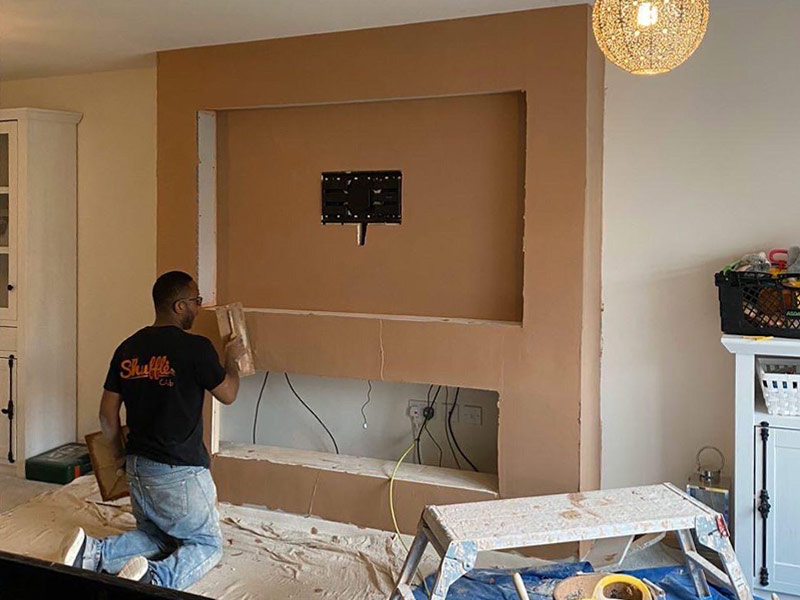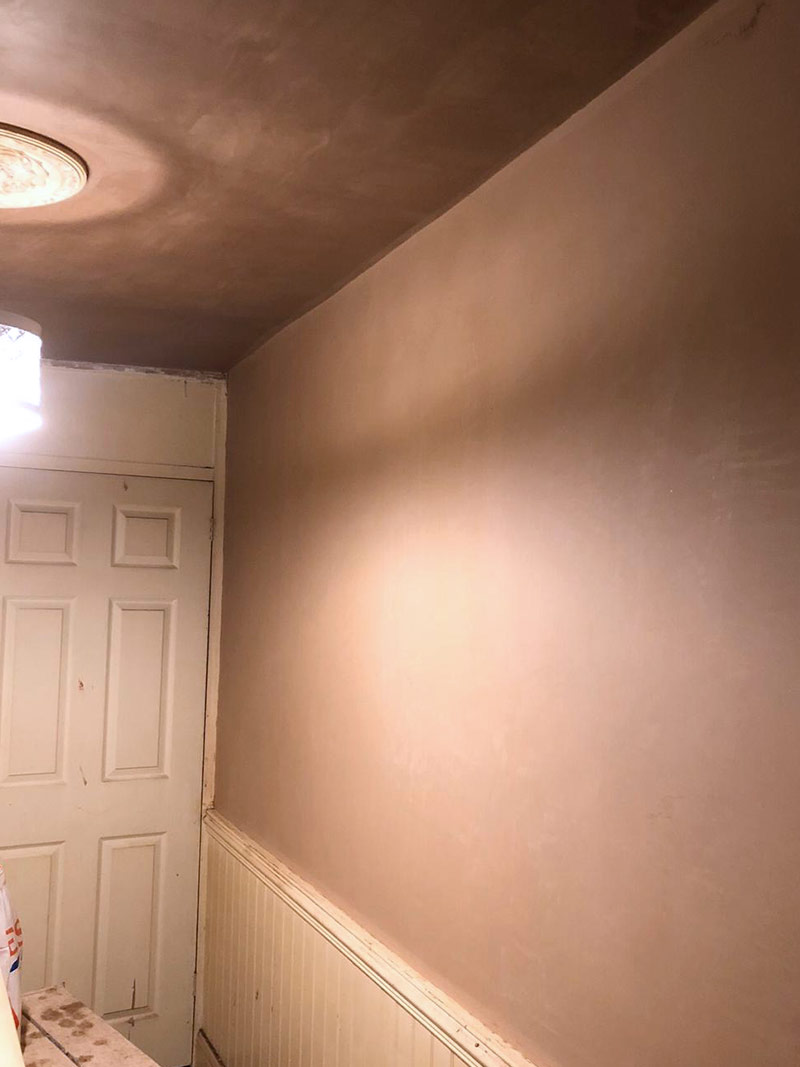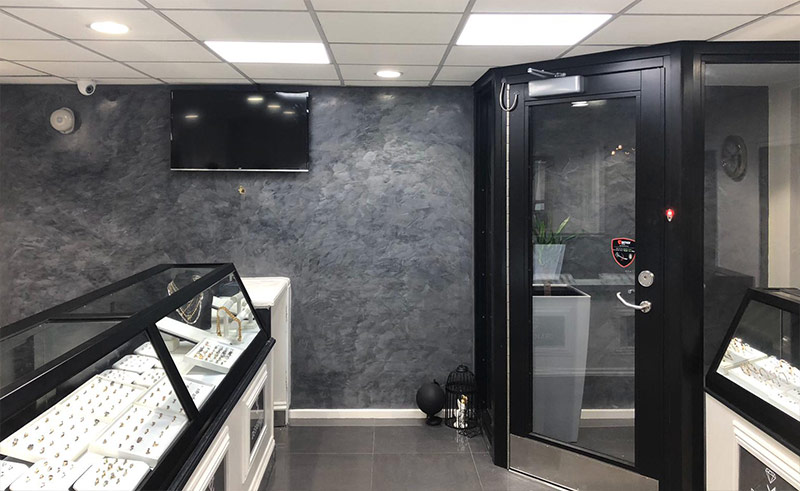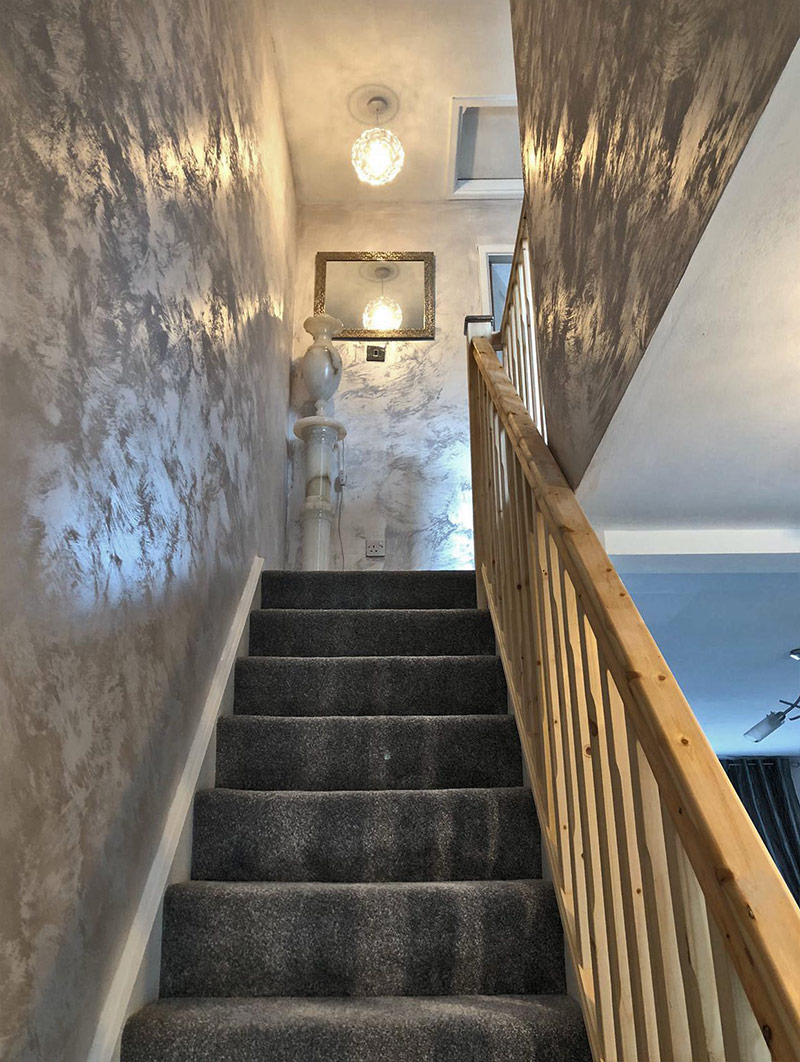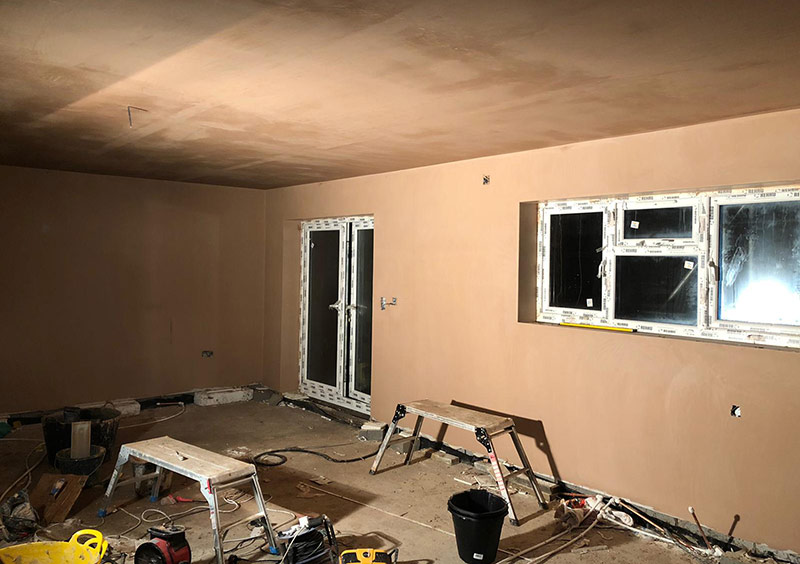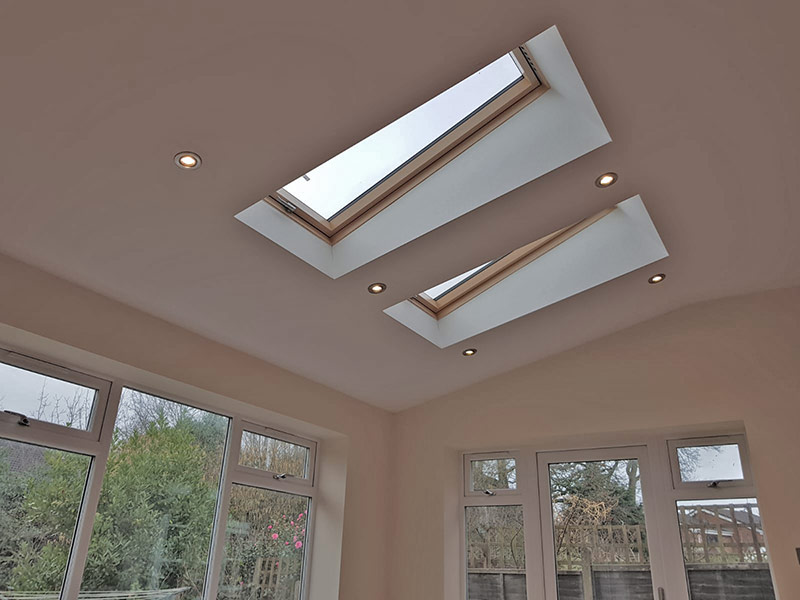Plaster, or skim, is a thin layer of mixed gypsum, water and sand that is applied to either bonding, BlueGrit or new plasterboard. Plastering your walls has more advantages than simply tape-and-joint. So, what is the difference?
Plastering involves applying British Gypsum’s ‘Thistle MultiFinish’ to the entire wall in two layers or coats. The wall is either bonded prior to applying the plaster, or it has plasterboard which is either screwed into timber or is dot-and-dabbed with Plasterboard Adhesive. It is troweled over and gives a perfectly clean finish. It provides a more flush surface to paint against, leaving less amount of filling. Therefore, if you have a good plasterer, he can save you more money on decorating costs, as you will not have to pay your decorator to fill little sections, nor will you have to buy more paint, as dry-lined walls require extra layers of paint.
Tape-and-joint, however, is applying the plasterboard direct onto the wall, either through screws or dot-and-dab. Instead of plastering the walls, the dry-liner will apply jointing compound where the boards butt against each other, as well as on the joint between the wall and the board. This technique is most often used in large plots of new builds. The problem with tape-and-joint, however, is that you must apply more layers of paint to cover the joints. This results in more paint costs and the decorator will have to sand down the joints to ensure you cannot see the lines.
We offer all plastering services, including entire house replastering. We also provide stud-wall creation, using either metal or wooden studs to suit your needs.
Also see : Venetian plastering

